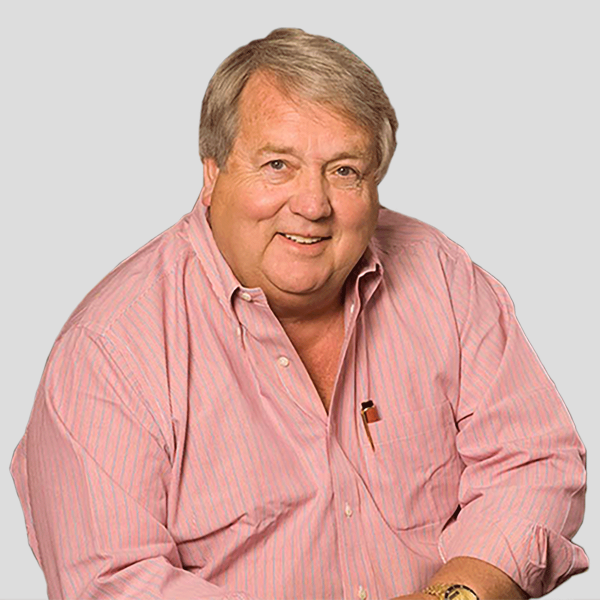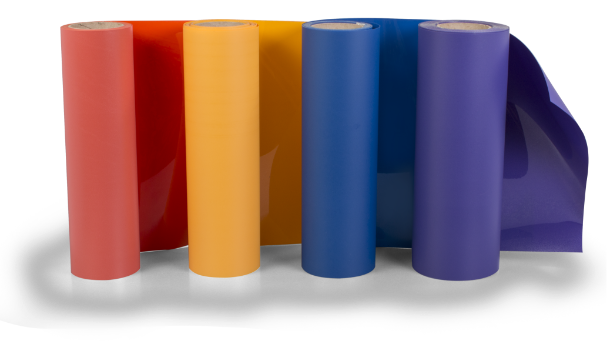GroupeSTAHL operates in more than 100 countries around the world, on four continents and has been active in the international marketplace for over 25 years. I have a lot of stories to tell about my travels, the good friends I have met along the way and the wide variety of customers I have encountered around the world, all with different, yet very similar needs. No matter where you live in the world, if you are decorating garments, you are usually looking for the fastest, easiest, most profitable ways to do so. We are often inspired and find ideas for new innovations from our international business partners and one person who is highly qualified to share some of her impressions on what we can expect in 2010 is Ulrike André, a member of the Stahls’ International team that is led by Anne Gojcaj. Here is a little bit about Ulrike’s background:
Since 2004, Ulrike André has acted as STAHLS’ International Marketing Manager. She holds a business degree from the University of Heidelberg in Germany, as well as a degree in Communications from Arizona State University. I think you will all find her heat printing predictions for 2010 both interesting and inspiring.
Trends for 2010 from Ulrike André
Technology Trends:
Heat printing will become more competitive with screen printing than ever before due to the development of improved transfers, using water based/ environmentally conscious inks and coatings. European companies especially are putting an emphasis on this technique with amazing results.
Colour Trends for Fashion (Spring 2010)
- Turquoise (15-5619), Tomato Purée (18-1661), Fusion Coral (16-1543), Violet (16-3320), Tuscany (16-1219), Aurora (12-0642), Amparo Blue (18-3945), Aurora (12-0642), Eucalyptus (15-0513)
Colours Trends for Fashion (Summer 2010)
- Pastels, caulk, earthy and white. Matte surfaces, “eroded” in appearance, creased, and filigree. Designs: graffiti, mini-structural, diffused structures, graphics, scribbles.
- Cool colours: metallic, transparent (glass-like) blue, transparency in all colours, contrasting
- Black, any blue hue. Materials and surfaces thereof play smartly with light and shadows.
- Folklore of all countries blends. Earth tones, strong, bold and natural colors. The layered look. Animal prints and ethnic prints.
- Surrealist, bold, strong colours and yellow come together to make a bold statement. Styling appears “crazy” and “off the charts”. Materials and surfaces: multi-colour transparent, psychedelic, fluorescence, and shimmering.
Colour Trends for Fashion (Fall/Winter 2010/2011)
- Black. With iridescent accents/effects, high tech materials (garments), metal, latex, and lacquer
- White. Fine pastel hues that change by influence of light: appearing reflective, crystal like, opal. Flock prints (!), linen and wool. Flowing flattering, laying draping.
- Green. Nature receive a new place in society. Nordic influences. Accents in red, violet, green, yellow, turquoise. Fragmented, NOT perfect.
- Gold. Orient and pomp. Baroque, fairy tales from the orient, 50’s. Exotic materials: feathers, metallic leathers, soft materials but starched. Washed leather, elephant leather. Exaggerated designs, Gustav Klimt, abstract.
- Colourful Fusion. Multicultural ethic mix: hand-made and technology and coming together forming a bizarre fusion. Reminding of a window in a church (stained glass): infusion of light and systematic potpourri: ethnic mix, Burberry simple, collages, technological high-tech look.
Heat Printing Decorating Trends:
- CAD-COLOR, (wool) Felt, Flock, any specialty material we have or can have created (something iridescent might be wonderful) – LAYERING these materials.
- Individualism, going back to ones roots, showing heritage, technological symbiosis with the desire for warmth … Individuals can create their OWN look fairly easy, let their individual “note” show by creating their own design etc.
Garment Fashion Trends:
- Sophisticated casual wear
- Abstract designs, animal prints, finding the “blend” of nature and technology while striving for “identity” gets stronger and the desire for warmth, belonging.
CAD-Materials Trends:
- Wool Felt, CAD-COLOR Flock, anything with texture or very unique “feel” and light play. Matte CAD-CUT (i.e. Super Film) if the right colours are available
Growth/Decline Trends for Market Niches:
- The company that can instill “individualism” (with help from artists/graphic designers) for the end-customer who wishes to express themselves help them set apart from the masses.
- Growth: green products, in harmony with the environment, certifications recognized world-wide
- Decline: PVC, solvent inks, mainly in Europe but slowly to the USA
European Trends The US Should Be Aware Of:
Europe is more critical in regards to the quality, and origin, make-up of all they eat, wear, buy, throw-away etc. The USA is slowly catching up (slowly). Certifications, pointing out the “Green” features etc, are part of the thinking/ shopping in Europe. We will see more of that type of thinking in the US in 2010 and beyond.
More International Trends:
- Laundering / Clothing Care: this is something we might want to take a look at in the future. 59% of Chinese, 53% of Japanese, for example watch out for this. Americans are at 36% (trend rising).
- Fibre Content: Although Polyester has come a long way … 92% of people around the globe feel that cotton is the most desirable fabric and environmentally sound (we are not talking about how much water it takes to grow the crops, of course, but perceived (!) value, if you wish)
- Silk and wool follow cotton. Polyester trails at 19%.
- Hemp and linen, by the way, will be grown increasingly more (due to water, and environmental impacts on soil, water etc): might we find materials that are perfect for these fabrics and take the lead!
Thanks for the international input Ulrike! You are welcome to share your comments on my blog at any time.





I heard there are some new health risks when applying teflon. any advice?
As we understand from EPA research, Teflon off gassing begins at around 450 degrees Fahrenheit, much hotter than any of our application temperatures for Teflon cover sheets. We are monitoring the situation and staying current with research and findings of the EPA. However, if you are uncomfortable using Teflon cover sheets, we have a wide variety of alternative sheets, such as Kraft paper, that may be preferable. Thank you for your comment. Also, not all heat printed products require the use of a cover sheet.
Thanks for sharing, I really appreciate it
Many people see technology as a solution to some of the problems that exist on our planet. It’s true that technology can be used for good, but with new developments come new challenges issues. The digital divide is one such issue, one that people are actively trying to overcome.
http://www.onlineuniversalwork.com